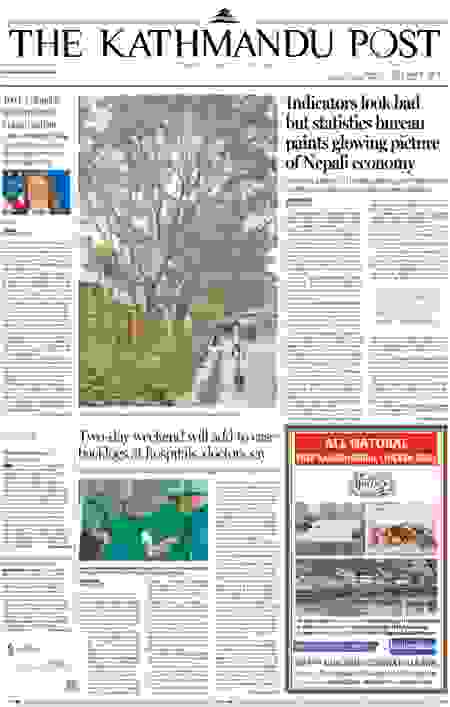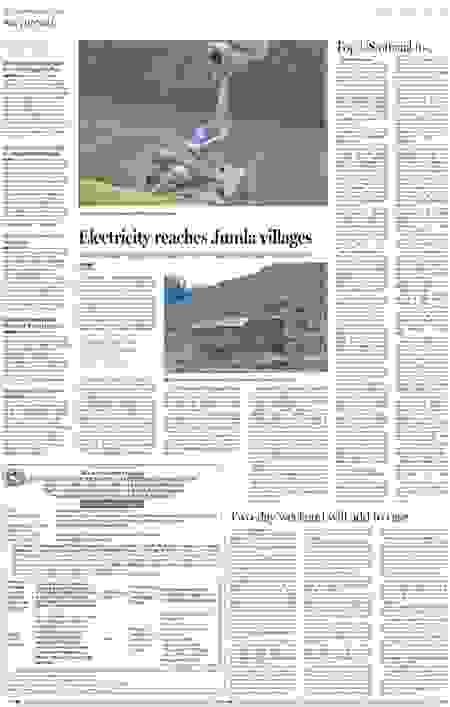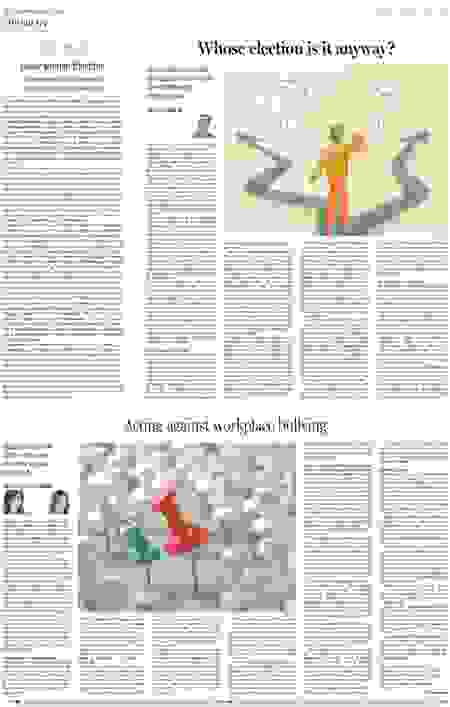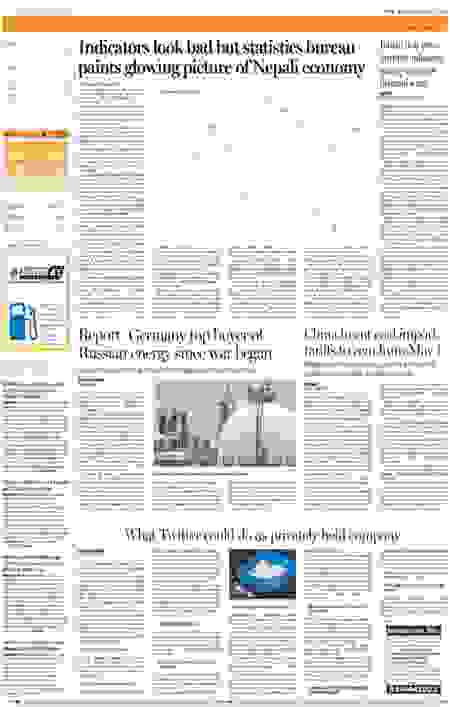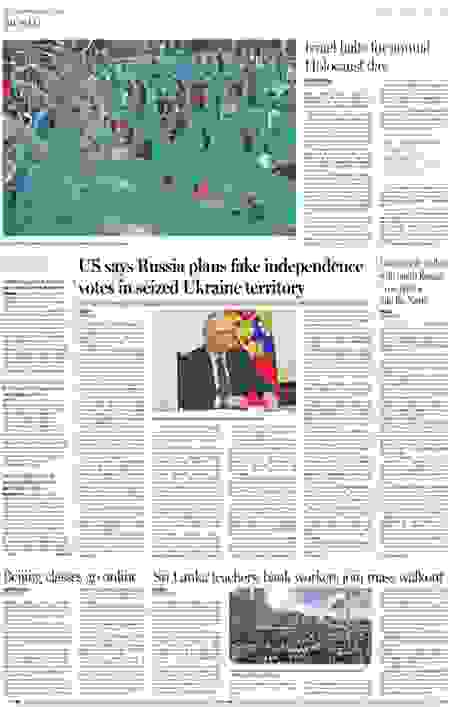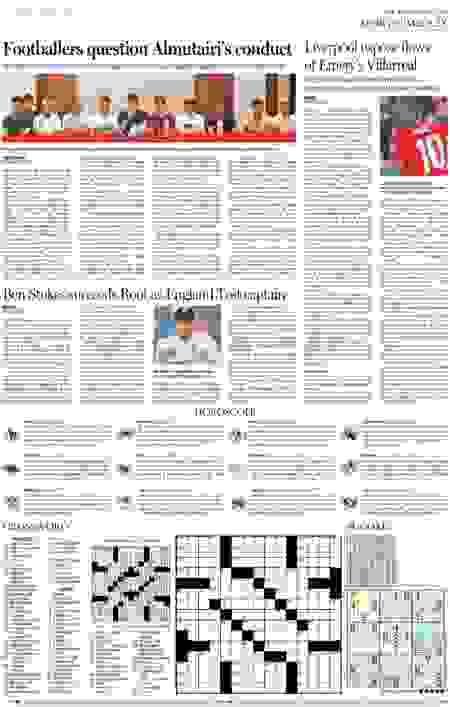Top US official to visit Nepal prior to local elections

KATHMANDU,
After the recent visit by US lawmakers, another high-level delegation is arriving from Washington. The Joe Biden administration is sending its Under Secretary for Civilian Security, Democracy, and Human Rights Uzra Zeya to Kathmandu.
Zeya will travel to Nepal just before local elections scheduled for May 13, at least two diplomatic sources in Kathmandu and Washington, DC, confirmed to the Post. Zeya will be the highest level US official to visit Nepal in almost a decade. In 2012, two US under secretaries—Wendy Sherman and María Otero—had visited Nepal.
The US side has expressed its intent to send Zeya to Nepal before local elections and proposed a date of the first week of May, according to the sources.
The flurry of visits from the US coincides with the 75th anniversary
of Nepal-US diplomatic ties, but it is taking place also hot on the heels of the ratification of the Millennium Challenge Corporation Compact by the Nepali Parliament.
The $500 million US grant was ratified on February 27 after months-long controversy prompted by differences among Nepali parties, particularly the communist forces who vehemently opposed its parliamentary passage.
On Thursday, during a regular press briefing, Sewa Lamsal, the Foreign Ministry spokesperson, hinted that a high-level visit from the United States was on the cards but she stopped short of mentioning the official leading the American delegation.
“We are trying to hold and exchange high-level visits but there is no such specific proposal as yet. This year marks the 75th anniversary of Nepal-US diplomatic ties so we are working on some high-level visits in the near future,” she said. “Recently, the US ambassador to Nepal also met with Foreign Minister Narayan Khadka and discussed the prospects of high-level visits from the US.”
On April 22, a US Congressional team led by Senator Kirsten Gillibrand visited Nepal.
The delegation held talks with a wide range of leaders in Nepal including Prime Minister Sher Bahadur Deuba. The delegation also held talks with former prime ministers KP Sharma Oli, chairman of the CPN-UML. But the delegation did not meet with Speaker Agni Prasad Sapkota and chairman of the CPN (Maoist Centre) Pushpa Kamal Dahal and other former prime ministers of Nepal.
According to officials familiar with the meetings, the delegation thanked Nepal for ratifying the MCC compact and standing against the Russian invasion of Ukraine, and held talks on a host of issues including climate change and poverty alleviation.
The US-Nepal ties were on the verge of getting derailed over the MCC compact just as the two countries are marking 75 years of relationship. Washington even warned of considering reviewing its Nepal policy if the Nepali leadership failed to stick to its commitment to ratify the compact.
That, however, was averted after parties came up with what they called “an interpretative declaration” to ratify the US grant, which Beijing too was opposing.
Soon after the compact’s ratification, Chinese Foreign Minister Wang Yi travelled to Nepal to push for projects under the Belt and Road Initiative, Beijing’s flagship infrastructure project to connect China with the rest of the world. Kathmandu, however, has made it clear that it is not willing to take any commercial loans under the BRI to move any projects forward in Nepal.
Some in Nepal and China view the MCC compact as a US strategy against BRI, or China for that matter, while some Americans have in the past warned Nepal against falling into “debt trap.”
“This is a good time for such high-level exchanges from both sides as there have been no high-level visits from the United States since 2002,” said Arjun Karki, former Nepali ambassador to the US. “There are possibilities of more high-level visits from both sides which were agreed upon long ago but could not happen because of various reasons.”
According to Karki, now time has come to consolidate the bilateral ties.
“Such high-level visits add momentum to our bilateral relations and also help us to secure foreign direct investments and strengthen relationships,” Kakri told the Post. “Now the US secretary of state should visit Nepal as per my understanding.”
Observers and officials say the increased high-level visits from Washington are an indication of America’s renewed interest in Nepal, even though it has been a development partner for decades.
Currently, Jonathan Brooks, deputy vice-president of Europe, Asia, Pacific and Latin America at Millennium Challenge Corporation (MCC) is in Kathmandu.
Brooks, Shiva Hari Sapkota, director general at Department of Roads, and Khadga Bahadur Bisht, executive director of Millennium Challenge Account-Nepal, on Tuesday jointly inaugurated laboratories at the Department of Roads, a key partner in MCA-Nepal’s efforts to improve the quality of roads and help the Government of Nepal address long-term maintenance needs.
Nepal is adding its own $130 million to the US $500 million grant which will be used for building electricity transmission lines and improving roads.
Zeya is also concurrently serving as the United States Special Coordinator for Tibetan Issues.
The US has been expressing concerns about Tibetan refugees living in Nepal and has been putting pressure to provide identity cards to as many as 10,000 Tibetan refugees living in Nepal.
Nepal has stopped issuing identity cards to the Tibetan refugees since 1995.
Tibetan refugees in Nepal are one of major security concerns of China.
A senior Nepali official told the Post that the series of visits from Washington indicates that there will be more high-level exchanges from both sides later this year.
“The Biden administration as already extended an invitation to Prime Minister Deuba to visit the US and there is also a possibility of a visit at the highest level from Washington, probably by Vice President Kamala Harris or Secretary of State Antony John Blinken, after the local polls,” said another senior Nepali official familiar with the developments.
Though Nepal and the US share 75 years of diplomatic ties, no sitting American president or vice president has ever visited Nepal. The highest level visit by an American government official to Nepal took place in 2002 when then secretary of state Colin Powell had arrived in Kathmandu.
The US otherwise has been sending its assistant secretary-level officials to Nepal.
Former US President and a Nobel laureate Jimmy Carter paid a visit to Nepal in 2007 and 2008 but in the capacity of founder of the Carter Centre.
On November 17 of last year, Assistant Secretary of State Donald Lu visited Nepal.


